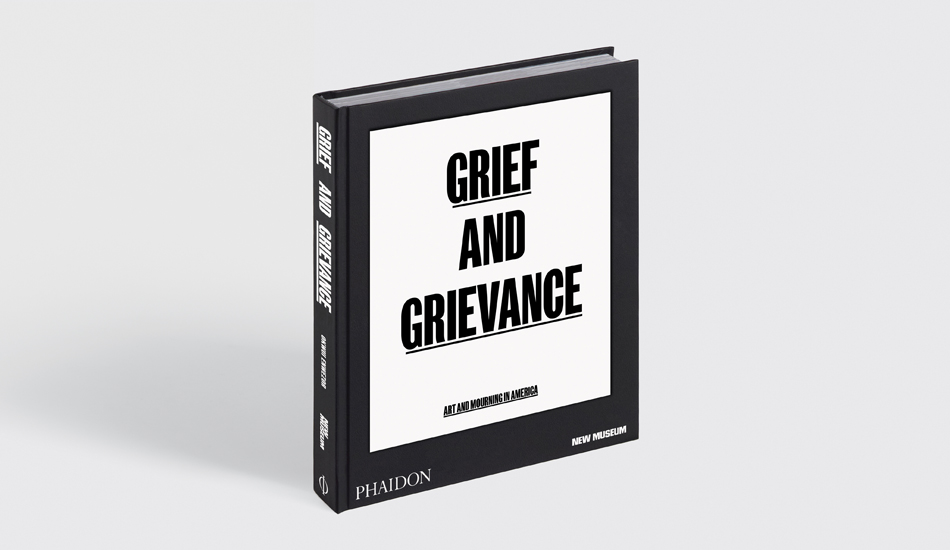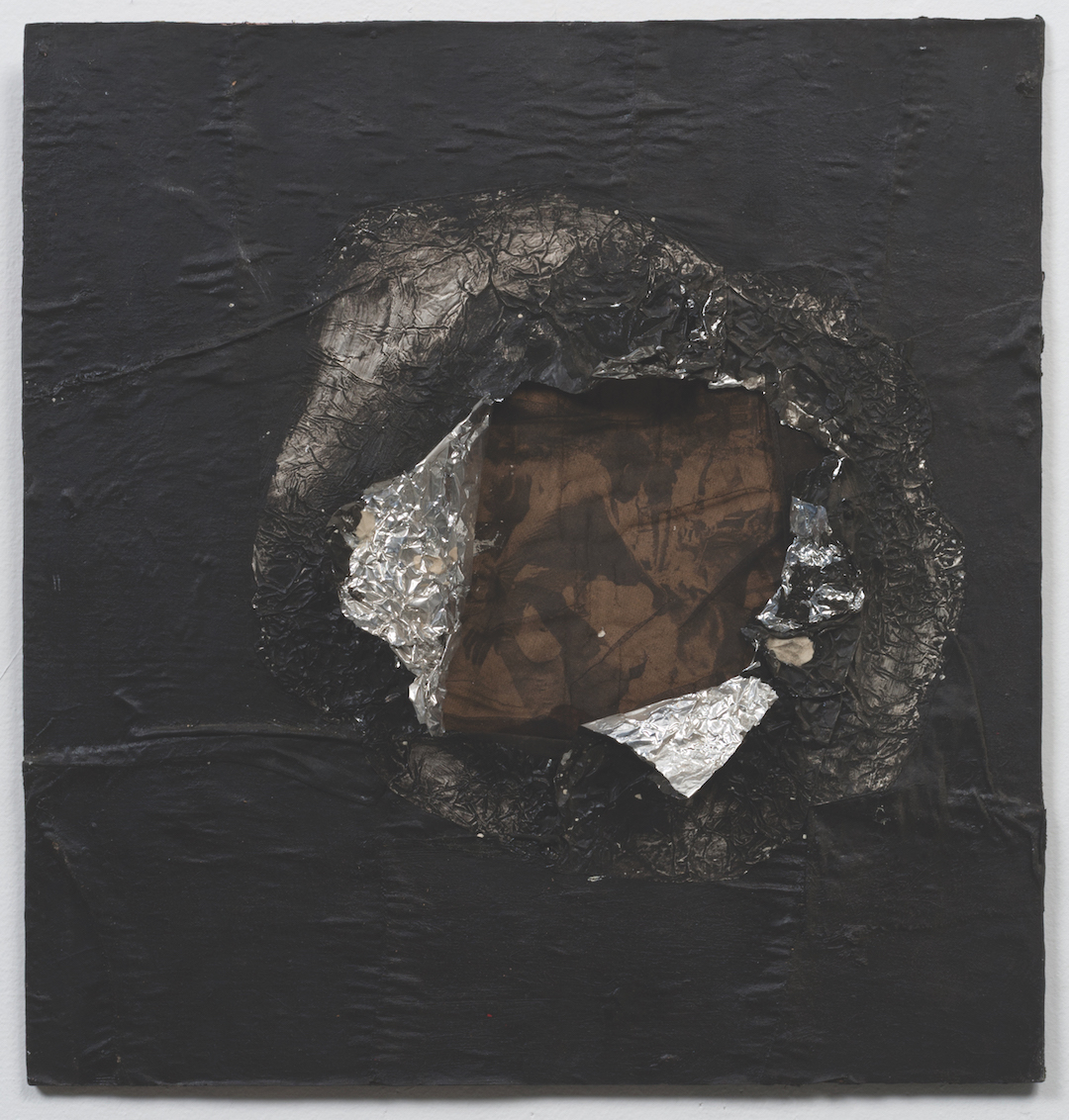
'Remarkable in its quality, force and concision' - the press praises Grief and Grievance
The New York Times and Washington Post laud the New Museum’s brilliant exhibition on black grief and white grievance
In our book, Grief and Grievance: Art and Mourning in America, the late curator Okwui Enwezor set out his ambitions for the show of the same name. “The crystallization of black grief in the face of a politically orchestrated white grievance represents the fulcrum of this exhibition,” he wrote.
Unfortunately, Enwezor died before he could finalise work on the exhibition. However, with the help of his posthumous co-authors and curators, Naomi Beckwith, Massimiliano Gioni, Glenn Ligon, and Mark Nash, the show of works by thirty-seven artists that address mourning, commemoration, and racist violence in America has just opened at the New Museum in New York. According to some of the USA’s leading critics, it is set to become one of the most important exhibitions of 2021.
“Remarkable in its quality, emotional force and concision, it features work by many of this country’s most acclaimed Black artists,” writes the critic Sebastian Smee in the Washington Post’s glowing review.
Smee praises the show for meeting Enwezor’s original goal, while also producing a “show that is filled with musical invention, austere forms of abstract beauty and visceral expressions of joy.”
The review focuses on a few key inclusions, such as Adam Pendleton’s installation in the museum’s entrance foyer. “Pendleton has covered the walls of the foyer with a dynamic, black-and-white collage dominated by large-scale lettering that evokes placards used during the summer’s Black Lives Matter protests,” Smee writes. “Hardly anything is legible, however. Pendleton is interested in the limits of language, the pressure it comes under from politics — sometimes buckling, sometimes achieving compact new kinds of poetry.”
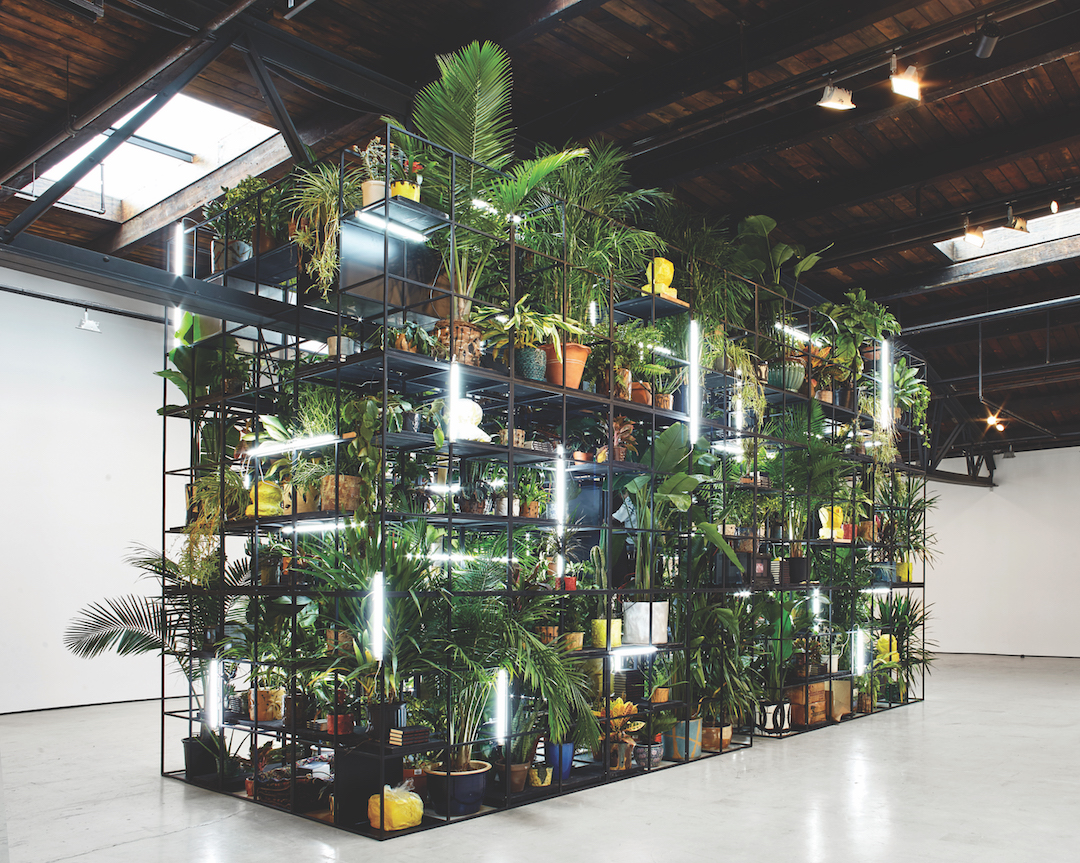
Smee also singles out Rashid Johnson’s contribution, Antoine’s Organ, for praise, describing it as a “massive structure of black scaffolding on which dozens of potted plants have been placed, along with lumps of Shea butter and copies of books by Richard Wright, W.E.B. Du Bois, Randall Kennedy and Paul Beatty. Sensuous, poetic, overwhelming,” his review goes on: “it simultaneously invites and mocks the idea of interpretation, safeguarding certain freedoms in the process.”
There are however, more direct inclusions that caught Smee’s eye. He also praises Birmingham, a 1964 work by the Alabama-born painter and sculptor, Jack Whitten. The earliest piece in the exhibition, “it’s a tiny, unprepossessing thing made from black paint slathered over wrinkled fabric and aluminum foil,” Smee explains. “Near the center, the foil has been ripped open to reveal a photograph. Veiled by a transparent nylon stocking, it shows a young Black man being attacked by a dog during civil rights protests in Birmingham.
“What was Whitten getting at? The work has a frustrated, thwarted quality. It might suggest a loss of faith in the power of abstract art in periods of political crisis — something like the moral conflict that led Whitten’s contemporary, Philip Guston, to abandon abstraction and return to figurative art.”
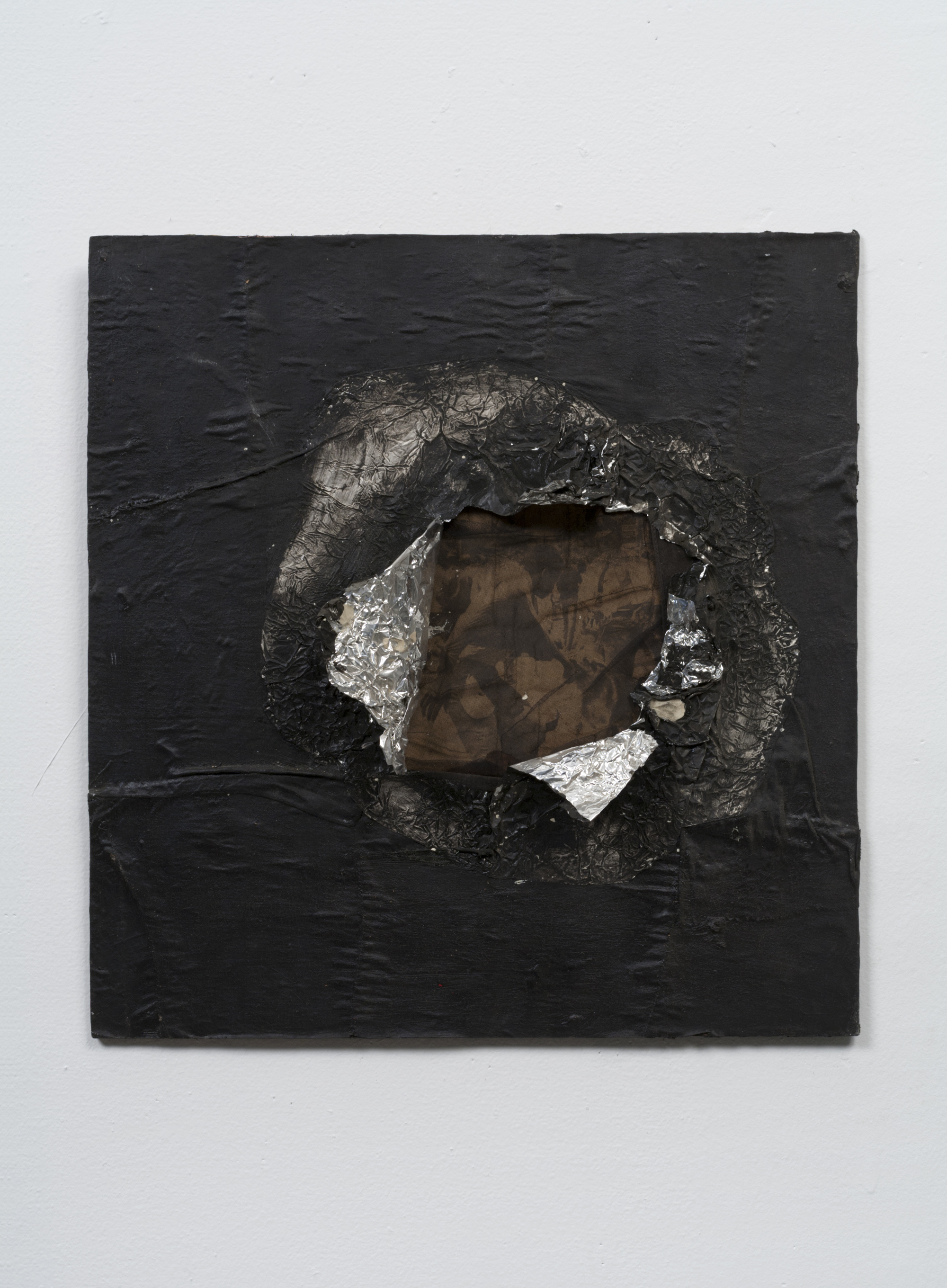
Smee’s admiration for this painting is shared by The New York Times’ Holland Cotter. Cotter’s review characterises the show as “both a monument to a resilient culture and a memorial to what’s lost through racism,” which “will surely rank as one of the most important of 2021.”
Within that Whitten work, the reviewer sees Grief and Grievance’s essential conceit. “In the piece, the photo is encased, as if it were precious or radioactive, in a nest of molded aluminum foil,” Cotter writes. “And the nest appears to have been half blown open, as if ripped by a detonation that has been paused mid-blast. Can the destruction in progress be stopped, or must it go forward? That’s the question that Enwezor, in his final, urgent show, insists we ask.”
Larger works in the show also catch Cotter’s eye. He singles the substantial Nari Ward sculpture, Peace Keeper, which Ward made originally for the Whitney Biennial, and recreated at Enwezor’s request for this new show. “Comprising a full-size, beat-up black hearse enclosed in a steel cage beneath a kind of thundercloud of rusted exhaust pipes and mufflers, it’s materially overpowering, even off-putting, a little scary. It’s only when you stand close that you see delicacy: The car’s surface is flecked with iridescent peacock feathers.
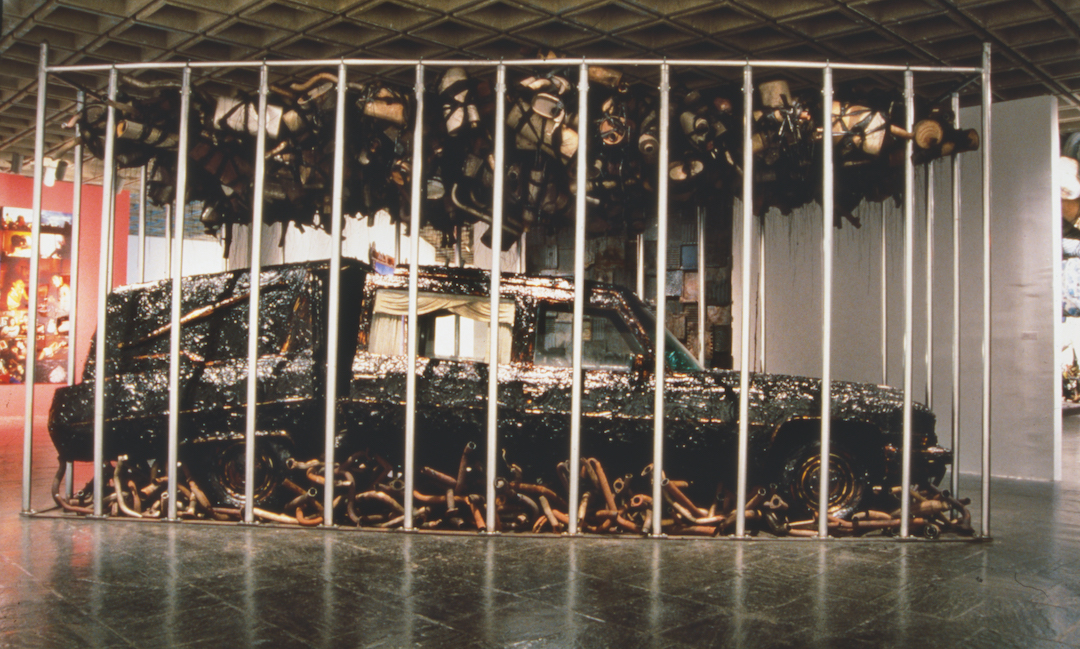
Cotter wonders whether the Ward work can be viewed as a simple, political work, or whether it transcends this interpretation to take on a spiritual dimension. “On the one hand, it seems to set Blackness in an environment of entrapment, stalled motion and ruin. But then there are the stabbing traces of beauty: the feathers. The humiliation of tar-and-feathering is evoked here too, but so is a message of flight. And there’s the title. This particular “peace keeper” looks to be a prisoner of war. All in all, the piece defies any easy reading. Materially, it’s almost too much, but conceptually, it’s elusive and in that sense almost abstract, as is true of much of the political art Enwezor valued.”
Mark Bradford’s 2000 work, on show on the fourth floor of the museum, is similarly challenging. It’s a large, bright, and apparently abstract work that might jolly up a mega collector's home. However, this “mural-size Bradford picture, it turns out, traces the contours of a government surveillance map of Black neighborhoods in Los Angeles,” writes Cotter. “Issued in the wake of the 1965 Watts rebellion, it was an example of cartography used as a tool for civic control.”
Visitors to the New Museum can judge whether the show offers a more fruitful roadmap out of racial division, or simply outlines the jagged shores of America’s body politic. If you’re unable to get to the show, order a copy of our accompanying book, Grief and Grievance here, which features photographs of the works mentioned, as well as illuminating texts from Okwui and his co-curators. For more from Smee order a copy of our Mark Bradford Book; for more on Nari Ward, consider this title; for more on Adam Pendleton get this one; and for more on Jack Whitten get Vitamin P3.
